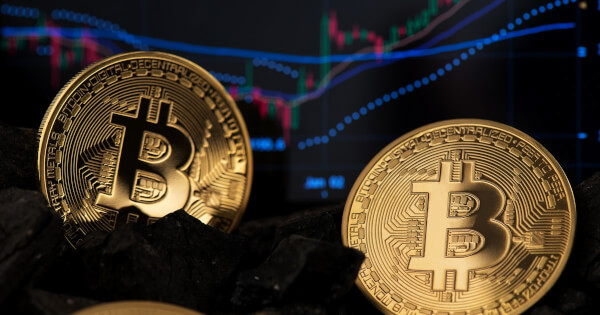Bitcoin Transaction Fees Soar After Block Reward Halving
Nicholas Otieno May 18, 2020 03:00
Bitcoin transaction fees continue to soar after halving.


Average transaction fees on Bitcoin (BTC) have risen significantly since the halving. On 12th May 2020, the average Bitcoin transaction fee reached USD 2.79, the highest in ten months, and jumped further to USD 5.16 on 14th May. The average transaction cost risen 168% over the past four days alone. This is a phenomenon that has not been witnessed since June 2019.
Since the turn of the year, Bitcoin transaction fees have been on the rise and especially soared ahead of the halving.
The Bitcoin fees surge being posted in news headlines is a sign that the Bitcoin network reached its imposed limits that governs how well it can serve its community.
High Bitcoin Transaction Fees for Consumers
Bitcoin’s average transaction fees increased an astonishing 1,742% since January 1. But the majority of that increase begun on April 28, two weeks before Bitcoin’s halving event.
Normally, transaction fees rise when the Bitcoin network experiences a period of high usage. Transactions compete for limited space in Bitcoin’s blocks. As users are competing to have their transactions included in the next block, this causes a race to the top in transaction fees.
An average transaction fee of $5.16 on May 14 was not intentional by design. But it is because of an overcrowded member pool, whereby all the valid transactions wait to be confirmed by the Bitcoin network. If the member pool keeps being overcrowded, then the fees will keep rising because people mainly want priority over others to be confirmed.
Over the last two weeks, 80MB worth of Bitcoin transactions were recorded on the network. Although the number has managed to go down, it has not managed to remain down. The constant flux with the member pool size shows that Bitcoin has had few opportunities to rest in the past 30 days.
The block reward halving event seems to be responsible for Bitcoin’s sudden influx of activity in the previous few weeks. The backlog of transactions has continued to pile up. The rise in average transaction fees forces Bitcoin users to choose between sending transfers that are fast, but expensive, or cheap, but slow.
Post-Halving Prediction
Bitcoin is back in the headlines as it draws huge attention of millions of consumers, speculators, and investors across the world. It has seen enormous gains since its inception more than a decade ago, although there also has been much volatility along the way. Last week, Bitcoin completed its third halving event. Since the halving, Bitcoin has been on the rise and is currently just under the $10,000 mark.
Over the last week, the cryptocurrency has appreciated more than 10%, rising from $8,600 to trade around $9,500. So far, the post-halving result has contrasted with the general market expectation of a price decline. Traders, investors, and consumers hold a positive long-term outlook of post Bitcoin halving. Of course, fear of missing out has led new investors and consumers to jump onto the crypto bandwagon, thus builds further momentum. This is a likely explanation for the rise in Bitcoin transaction fees.
Image via ShutterstockImage source: Shutterstock
.jpg)
